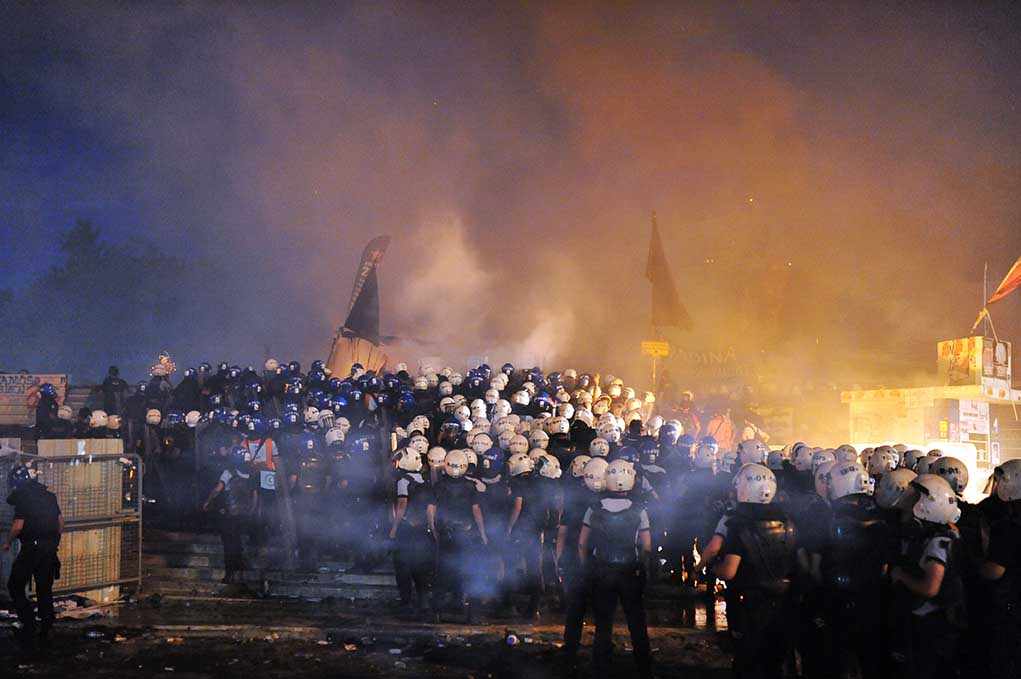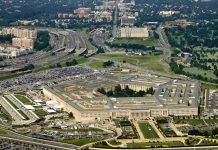
The most electrifying truth behind the Vijay rally tragedy is not only the staggering death toll, but how the feverish collision of film stardom and political ambition unleashed deadly consequences that India can no longer ignore.
Story Snapshot
- Actor-turned-politician Vijay’s delayed arrival ignited a crowd surge, resulting in at least 41 deaths and 80+ injuries.
- Authorities underestimated turnout, with tens of thousands overrunning a site permitted for 10,000.
- Poor crowd management and absent amenities magnified the disaster, fueling public outrage and legal fallout.
- Immediate criminal charges, a judicial inquiry, and calls for national investigation signal potential reform for celebrity-driven rallies.
Vijay’s Star Power Meets Political Chaos
Vijay, Tamil cinema’s megastar, converted his fan base into political muscle by founding the Tamilaga Vettri Kazhagam (TVK) party in early 2024. His rallies soon became mass spectacles, drawing followers in numbers that dwarfed official estimates. Karur became ground zero for this combustible formula. The crowd—largely women, children, and the elderly—endured blistering heat and hours of anticipation, waiting for a glimpse of the man who embodied their hopes. When Vijay arrived nearly six hours late, a tidal wave of bodies surged forward, shattering barricades and overwhelming security.
Police and emergency services scrambled to respond as the crush unfolded, but the damage was done in minutes. Initial reports cited ten dead; by sunrise, the toll had climbed past forty. For survivors and families, the aftermath was chaos—searching for loved ones, desperate for medical help, and demanding answers. The rally’s organizers, blindsided by the turnout and the ferocity of the crowd’s movement, faced public fury and immediate criminal charges under the Bharatiya Nyaya Sanhita for culpable homicide.
Systemic Failures Exposed By Tragedy
India’s long history of crowd disasters—at temples, festivals, and rallies—has repeatedly exposed gaps in planning and oversight. The Karur incident was distinguished by its scale and the celebrity at the center. Permissions were granted for 10,000 attendees, but crowd estimates soared as high as 60,000. Essential infrastructure was missing: buffer zones, adequate water, first aid posts, and exit routes. The delayed arrival of Vijay, a catalyst for frenzy, compounded the risk. Experts in crowd science and event management have called out chronic failures—organizers and authorities underestimated the psychology of crowds drawn by superstar charisma and political novelty.
The judicial commission led by retired High Court judge Aruna Jagadeesan is now tasked with dissecting the chain of errors. Forensic teams are piecing together timelines and crowd flow patterns, while police interrogate TVK officials and local administrators. Vijay’s own response—distributing water, calling for missing children, and demanding a Central Bureau of Investigation probe—reflects both empathy and an urgent bid to regain control of the narrative. Compensation has been announced, but for many, the wounds remain raw and the questions multiply.
The Political Fallout and Unanswered Questions
The disaster’s impact on the Tamil Nadu political scene is immediate and profound. TVK, which hoped to ride Vijay’s popularity to electoral gains, now faces scrutiny over basic competence and accountability. Rival parties and critics argue that celebrity-driven political movements court danger by prioritizing spectacle over safety. The Karur tragedy could curtail TVK’s momentum, triggering calls for regulatory reform and stricter oversight of mass gatherings. State and national leaders, meanwhile, are under pressure to prove that lessons will be learned—before the next rally, the next crowd, and the next potential calamity.
For the families who lost loved ones, the rally’s legacy is personal and permanent. Survivors recount the terror of suffocation, the helplessness as bodies piled up, and the anger at authorities who seemed unprepared and slow to act. Compensation and condolences offer little solace. Civil society and media demand systemic change: better training for police, transparent permitting processes, and accountability for organizers who gamble with public safety. The specter of celebrity politics looms over India’s future elections, where charisma too often outpaces caution.
Sources:
Wikipedia — 2025 Karur crowd crush















